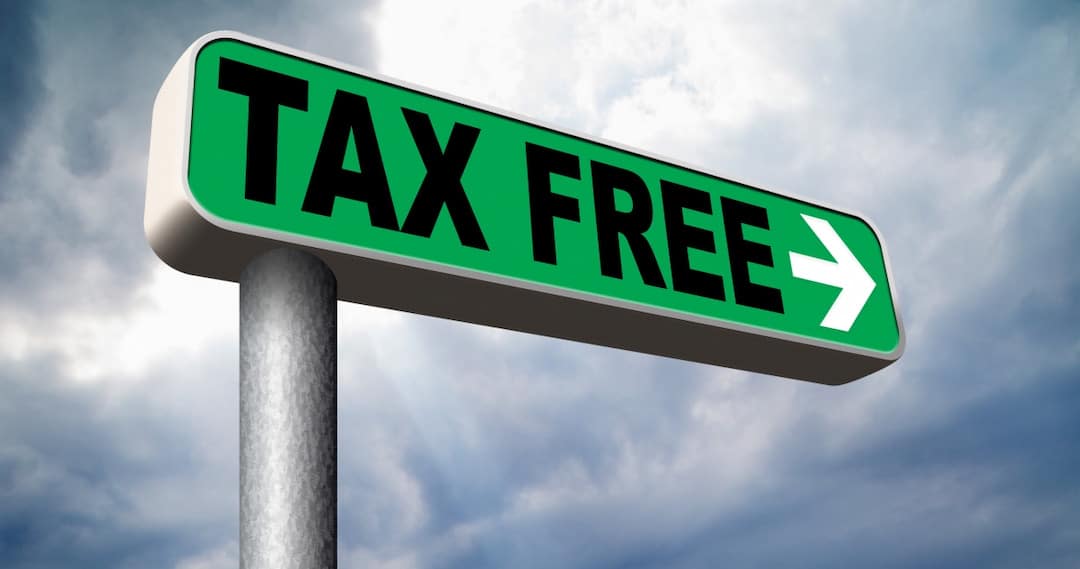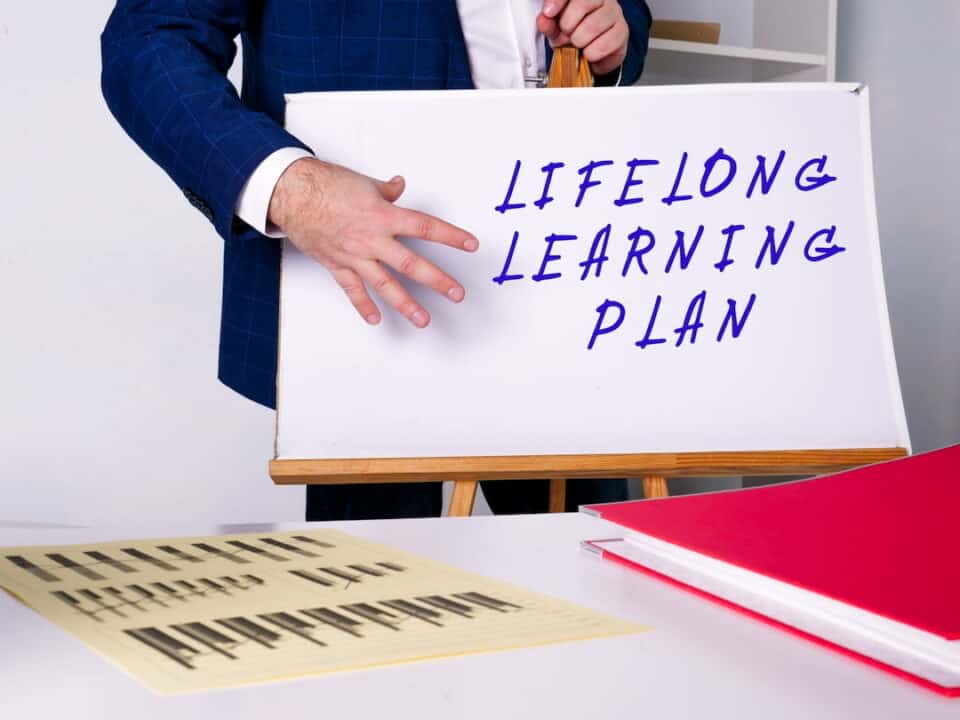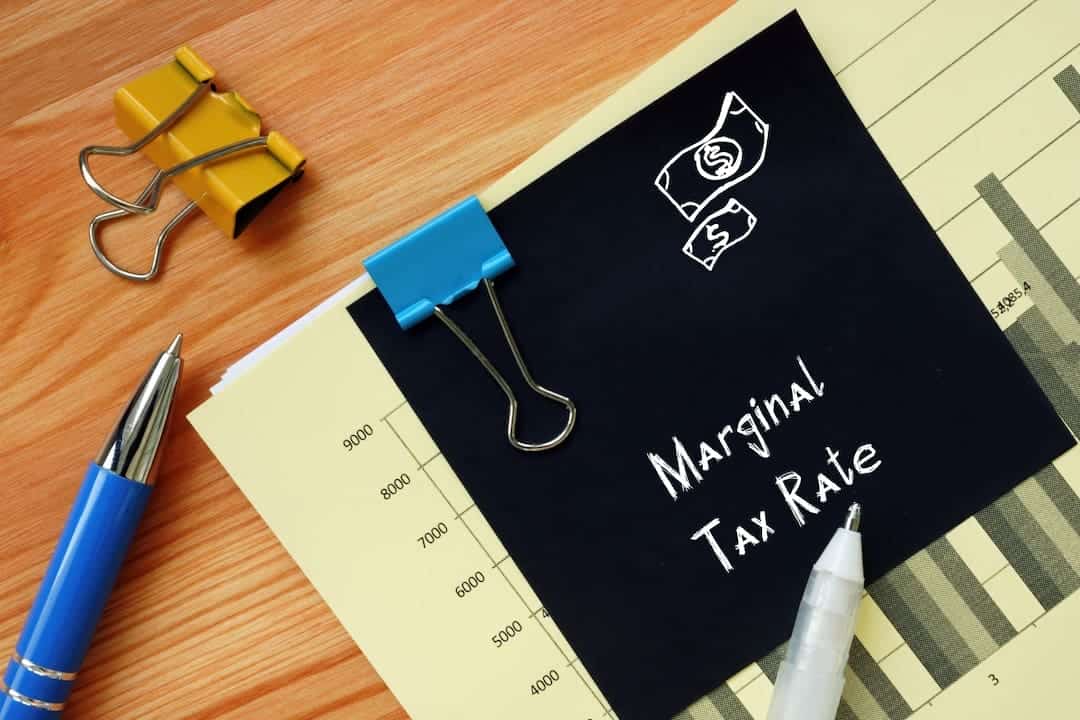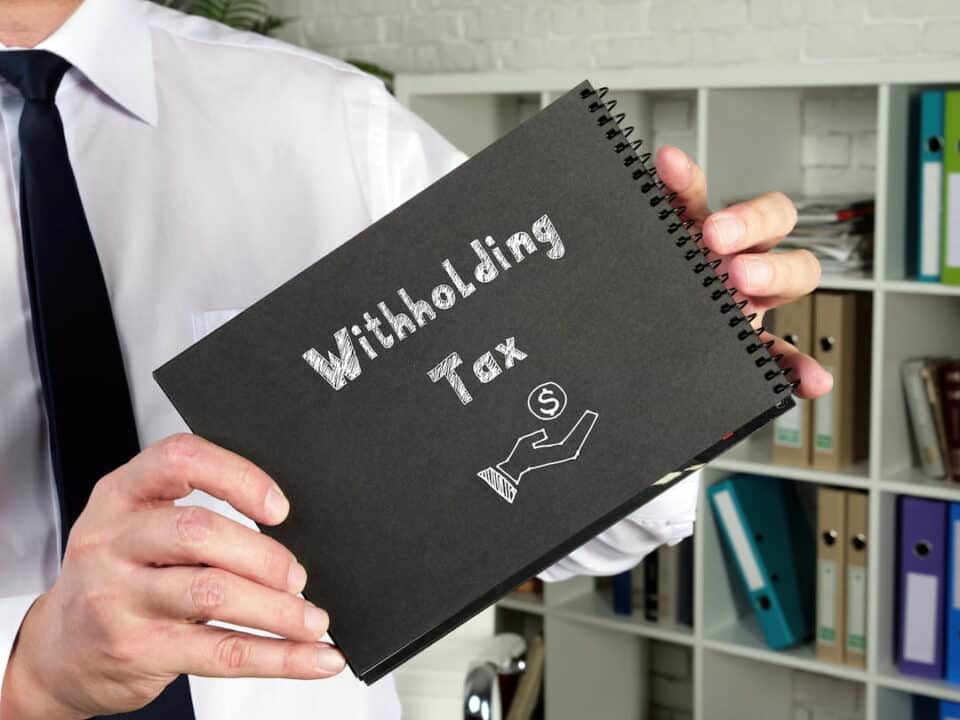An RRSP is a type of Registered Retirement Savings Plan. Withholding tax, an RRSP is a tax-free registered retirement savings option. The funds are not subject to income tax until withdrawn. During retirement, the funds serve as retirement income and count as taxable income. Your tax rate during retirement is usually lower, making an RRSP a great method to save for retirement.
A benefit of an RRSP (see the best RRSPS in Canada here) is that you are able to grow your funds tax-free until retirement. RRSP contributions also apply for tax deductions. However, if you need to withdraw funds before retirement, there can be tax consequences. If you need a more flexible investment option, there are other savings plans. However, there are ways to make an early withdrawal without penalty for certain situations.

What You Should Know About RRSP Withdrawals
The most important rule when making an RRSP withdrawal is that you must declare it as taxable income. While an RRSP is tax-free during the contribution, withdrawals are subject to the current combined marginal tax rate. You must document the amount of withdrawal and tax withheld on your tax return form for the current calendar year of withdrawal.
Two Types of Tax Rates
An RRSP withdrawal is subject to two different taxes including marginal tax rate and withholding tax.
Marginal Tax
Marginal tax is the provincial tax rate combined with the federal tax rate depending on your income. The federal tax rate is set by the Canada Revenue Agency and varies from 15%-33% depending on income. The provincial tax rate depends on the area you live in and varies per year. The CRA lists these rates on the website.
Withholding Tax
Withholding tax is the tax withheld when making a withdrawal. The withholding tax rate depends on the amount withdrawn and the area you live in. The financial institution documents the tax withheld and transfers it to your tax return.
Reaching Maturity

You can make contributions to your RRSP until the last day of the year your turn the age of 71. After that, Canada allows you three different options for your leftover RRSP funds.
1. Withdraw All Your Funds
If you have funds left at the end of your RRSP maturity, you have the option to withdraw all your money from your RRSP at once. Remember that you will need to pay tax on the funds you withdraw. This amount is subject to withholding tax as well as income tax for the calendar tax year. If you have a large sum left in your RRSP, a lump sum withdrawal may not be the best tax option.
2. Choose a Different Retirement Savings Option
If you choose not to withdraw all your money at once, you also have the option to transfer your funds to a different savings option. Financial experts recommend transferring your funds over to an RRIF investment. An RRIF stands for Registered Retirement Income Fund.
An RRIF provides retirement income past the age of 71 but has an annual minimum withdrawal amount. It is similar to an RRSP in that the withdrawal amount is subject to income tax. However, RRIF minimum withdrawals do not have withholding tax. For those that do not want to withdraw a large sum that is subject to taxable income, and RRIF may be a better option.
3. Buy an Annuity
Another option when your RRSP reaches maturity is purchasing an annuity. An annuity uses money from your RRSP to offer you specific amounts of income for a designated period of time. This allows you to keep receiving retirement income past the age of 71. The amount withdrawn for the payments is subject to income tax, but not withholding tax.

How Much Can You Withdraw From Your RRSP?
Technically, you are able to withdraw as much as you would like from your RRSP unless you are in a Locked-in RRSP. A Locked-in RRSP will not allow you to withdraw funds from your RRSP until retirement. However, after that period, you can withdraw all your funds if you would like.
Withdrawing a large amount from your RRSP is not suggested since you need to pay tax depending on the amount of your withdrawal in the current calendar year. The withdrawal amount counts as your income, and you may be looking at a hefty tax bill. While you are able to withdraw any amount you like, there are methods to make the most of your RRSP.
Make the Most of Your RRSP
To make the most of your RRSP, you want to grow your money over time and pay fewer taxes when you withdraw the funds during retirement. To make the most of your retirement investment, it is important to determine your contribution room – find out what to do with unused contribution room – and income. The RRSP contribution room is 18% of your earned income from the last year.
Financial experts advise skipping on contributing on years with low income since your contribution carries over. This way you can compound a larger sum when you are making more money. You can also deduct more from your income when making a larger contribution. RRSPs only require you to pay taxes during withdrawal, but they could give you tax breaks as well.

When is the Best Time to Withdraw from Your RRSP?
The best time to withdraw from your RRSP is during retirement. Also, a period of time when you can pay fewer taxes. Since your income during retirement is likely to be lower than when you are working, the tax rate will be lower. Withdrawals during retirement do not have penalties and simply count as retirement income.
Making RRSP Withdrawals Before Your Retire
Making RRSP withdrawals before retirement has tax consequences that may not be worth it. There are plenty of other more flexible savings options in Canada that allow for tax-free withdrawals. To help you understand why we do not recommend early withdrawals, we go over some of the consequences. If you make an early withdrawal you may:
How to Withdraw From an RRSP Without Paying Tax
If you do need to make an early withdrawal to your RRSPs, there are two scenarios that the government allows for tax-deferred withdrawals. These two scenarios include:
Home Buyers Plan
The Home Buyers Plan allows users to make early withdrawals to the RRSPs to pay for their first home. The Canada Revenue Agency allows a withdrawal of up to $35,000 for a down payment, which is not subject to taxes. The HBP allows you and your spouse to make withdrawals for your first home. The HBP allows you 15 years to pay back the funds used.
Lifelong Learning Plan
The Lifelong Learning Plan is another situation where users can make early tax-free withdrawals to pay for education. The LLP allows you to withdraw funds for you or your spouse, but not for a child. The Canada Revenue Agency allows a withdrawal maximum of $10,000 per year, with a total of $20,000.
The withdrawals can span a time period of 4 years, a typical education period. The LLP allows you 10 years to pay back the withdrawn funds.

The Home Buyers Plan and Lifelong Learning Plan require users to meet an eligibility requirement. If you are looking to buy your first home or go back to school, these situations may be a great way to withdraw money early from an RRSP. The repayments are in the form of contributions, which can benefit your tax liabilities for the current year.
The Bottom Line
An RRSP is essentially a retirement savings plan, that allows you guaranteed money during retirement. Since it is a retirement savings plan, it is not recommended to make an early withdrawal from your RRSP. There are tax liabilities and other penalties that an early withdrawal causes. A TFSA or other savings plan can give you more flexible investment withdrawing.
If you do need to make an early withdrawal, paying for you or your spouse’s education or buying your first home can be a great option. These scenarios allow you tax-deferred withdrawals without any consequences. While the rules for an RRSP can seem complicated, there are ways to make the most of your retirement investments to secure your financial future.

